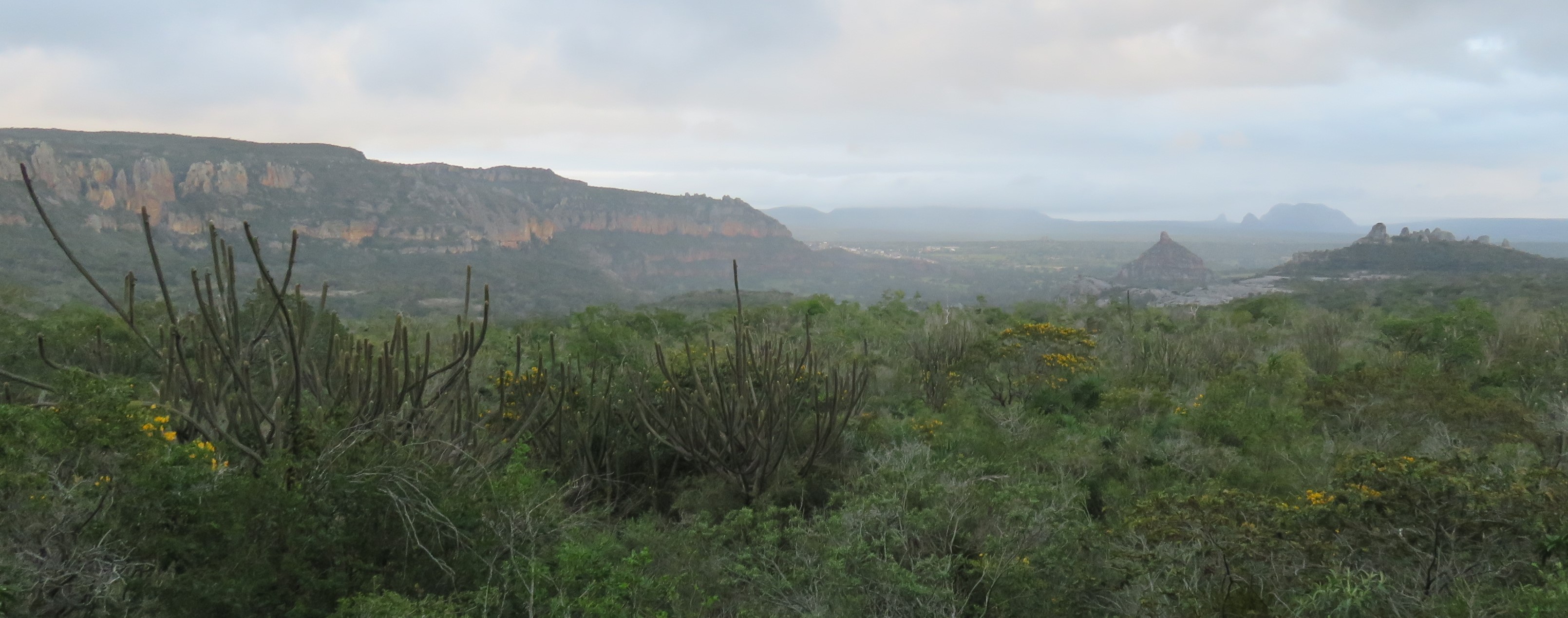
By Neil Dawson, William Douglas Carvalho, Jakelyne Suélen Sousa Bezerra, Felipe Todeschini, Marcelo Tabarelli and Karen Mustina
Pledges have been made to increase the land set aside for conservation by 2030. But the common assumption that governments and conservation organisations should protect nature by excluding local people, is unsupported. Evidence shows where Indigenous Peoples and local communities apply their own knowledge to conserve habitats and species, their stewardship produces better environmental and social outcomes than initiatives controlled by external organisations that exclude local people. This controversy suggests a need to reflect on how conservation decisions are made and what is most successful before any expansion of protected areas.
This study focused on Catimbau National Park in the Caatinga dry forest of northeast Brazil. We explored how the park was set up, and discussed with the communities who live there how they feel about the park and how they use, manage and are connected to the Caatinga.
We found their lives closely bound to nature, not only because they use resources for food, medicine and more, but living in that place for generations has become their identity and involves a deep spiritual connection. Despite claims that local people are not good for conservation, we found they actually look after the Caatinga by restoring it, keeping forest gardens and preventing commercial exploitation by companies or individuals from outside the area. When the park was set up by the Brazilian government without their consent, and they heard they would have to leave, they were appalled and have fought against being relocated. In the meantime, because they live inside the park’s boundaries they have been denied some development assistance from charities and state agencies for housing and water tanks, which are important for a good quality of life in this dry area. It is difficult to change from a National Park, a designation which in Brazil prohibits any human inhabitants, to another type of reserve that allows them to stay. However until that change can be made, we recommend efforts are made to rebuild trust with and support those Indigenous and local communities living inside the park to act as its stewards. Overall, this case shows that if new protected areas are created, they should involve and respect Indigenous and local communities’ ways of living and let them apply their knowledge as part of any solution. Clear standards for how to treat and involve Indigenous and local communities in conservation need to be set up and the park managers and state agencies responsible must be held accountable to them, so that conservation efforts do not harm cultural minorities and repeat the failures of the past.